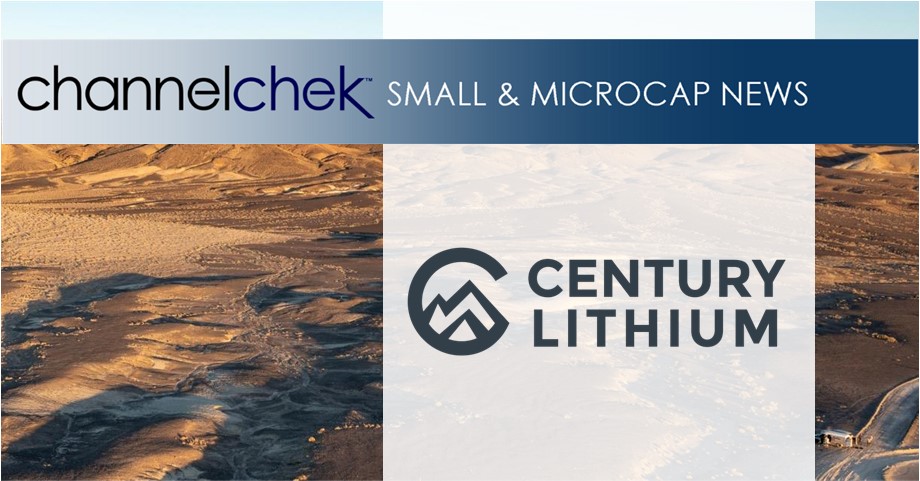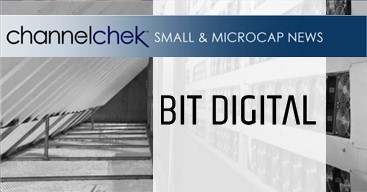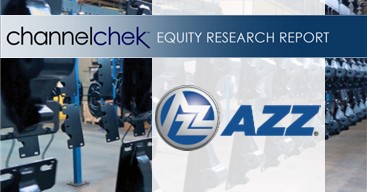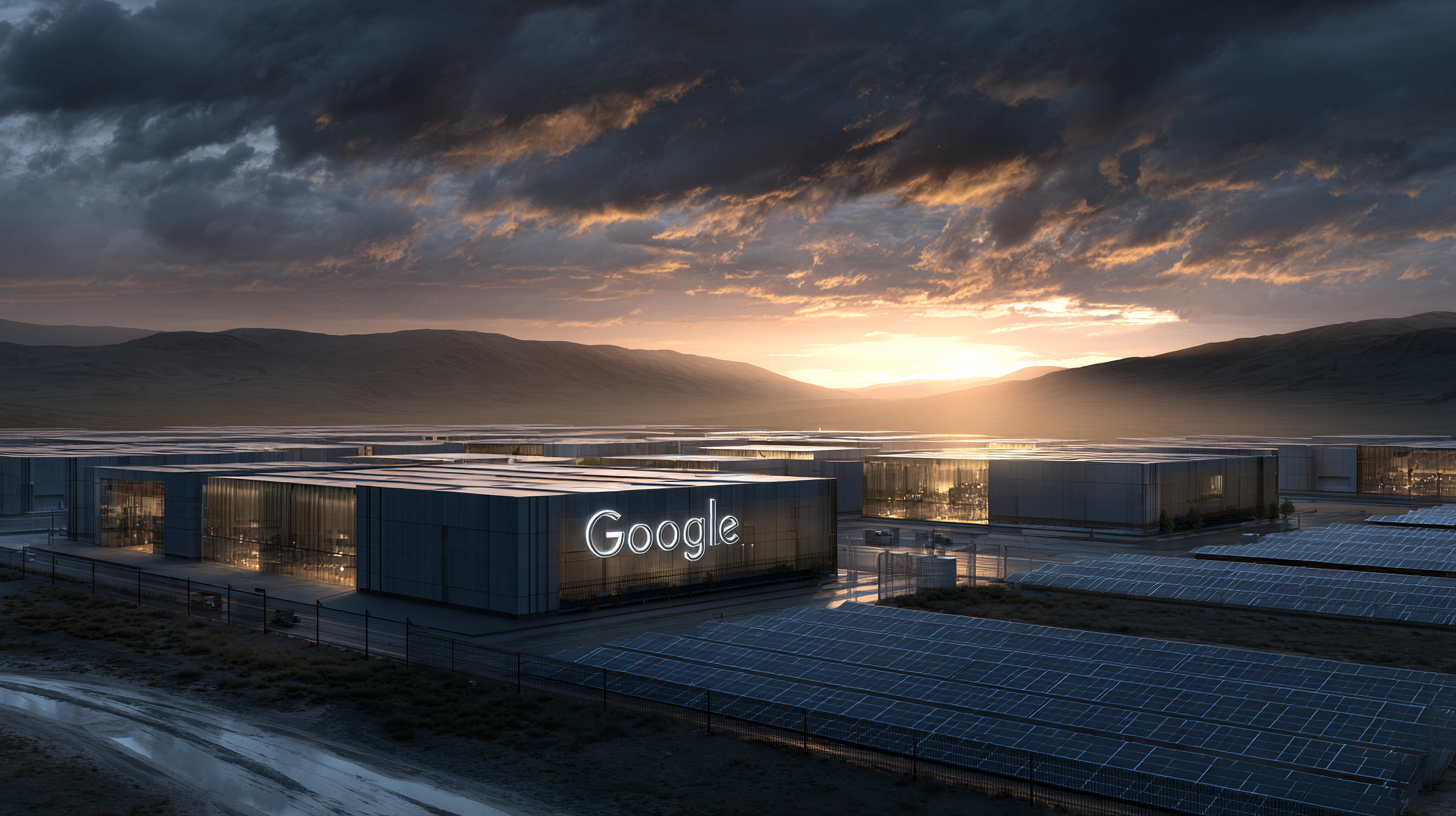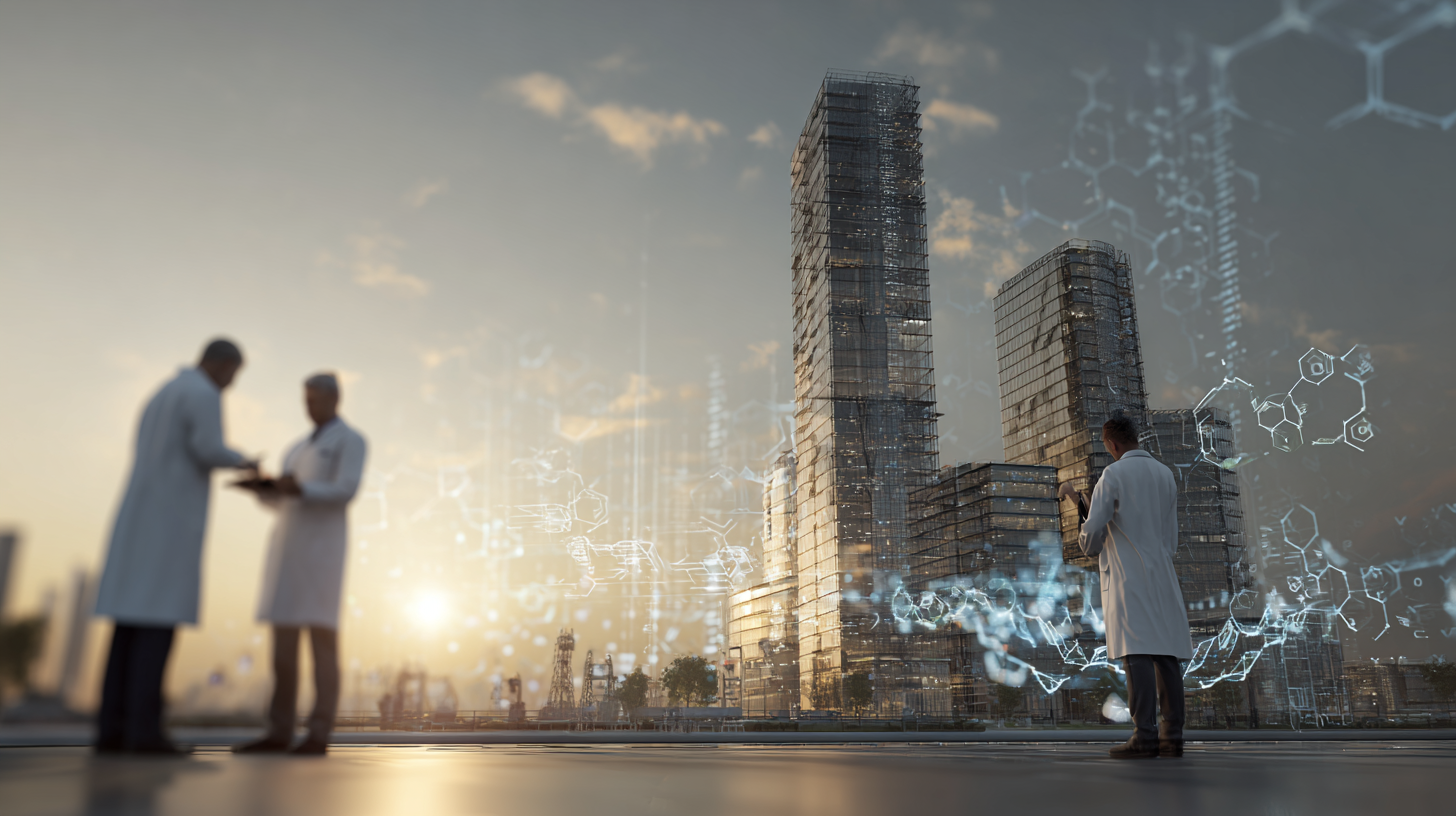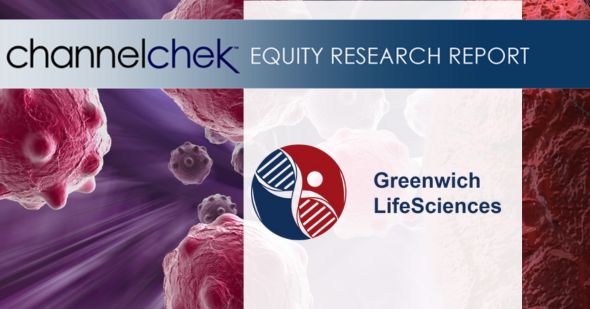December 22, 2025 – Vancouver, Canada – Century Lithium Corp. (TSXV: LCE) (OTCQX: CYDVF) (Frankfurt: C1Z) (“Century Lithium” or “the Company is pleased to announce that Mr. Matthew Tompkins has been appointed Chief Financial Officer of the Company, effective immediately.
Mr. Tompkins has served as Century Lithium’s Interim Chief Financial Officer since September 2025. During this period, he has provided continuity in financial leadership and supported the Company’s strategic and corporate objectives. Following a review by the Board of Directors, the Company has confirmed his appointment as Chief Financial Officer on a permanent basis.
“Matthew has demonstrated strong financial leadership and a clear understanding of Century Lithium’s business and strategic priorities,” said Bill Willoughby, President and Chief Executive Officer of Century Lithium. “The Board is confident that his experience and disciplined approach will continue to support the Company as it advances its Angel Island Lithium Project and executes its long-term strategy.”
Mr. Tompkins brings extensive experience in financial management, public company reporting, and corporate governance, with a background supporting resource and development-stage companies.
ABOUT CENTURY LITHIUM CORP.
Century Lithium Corp. is an advanced-stage lithium company, focused on developing its 100%-owned lithium project Angel Island in Esmeralda County, Nevada, which hosts one of the largest sedimentary lithium deposits in the United States. The Company has utilized its patent-pending process for chloride leaching combined with direct lithium extraction to make battery-grade lithium carbonate. As part of the Company’s chlor-alkali process, the planned sale of surplus sodium hydroxide produced at Angel Island is expected to contribute meaningfully to maintaining competitive operating costs for lithium carbonate production.
Angel Island is one of the few advanced lithium projects in development in the United States to provide an end-to-end process to produce battery-grade lithium carbonate for the growing electric vehicle and battery storage market. Angel Island is currently in the permitting stage for a three-phase feasibility-level production plan, expected to yield an estimated life-of-mine average of 34,000 tonnes per year of lithium carbonate over a 40-year mine-life.
Century Lithium trades on both the TSX Venture Exchange under the symbol “LCE” and the OTCQX under the symbol “CYDVF”, and on the Frankfurt Stock Exchange under the symbol “C1Z”.
To learn more, please visit centurylithium.com.
ON BEHALF OF CENTURY LITHIUM CORP.
WILLIAM WILLOUGHBY, PhD., PE
President & Chief Executive Officer
For further information, please contact:
Spiros Cacos | Vice President, Investor Relations
Direct: +1 604 764 1851
Toll Free: 1 800 567 8181 scacos@centurylithium.com centurylithium.com
